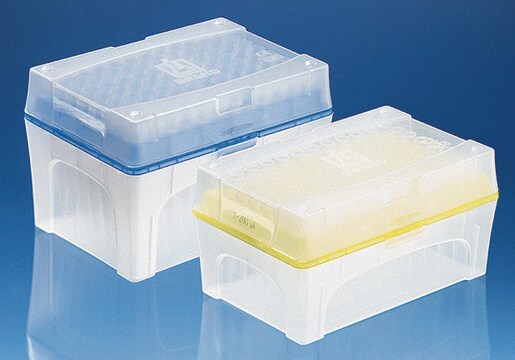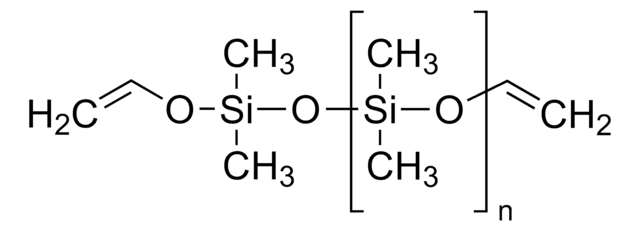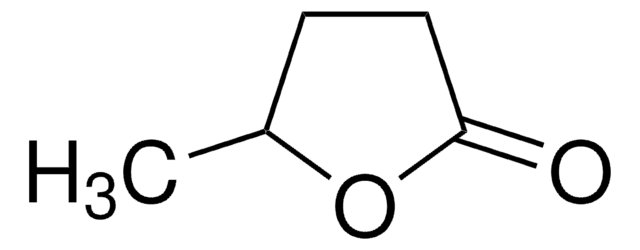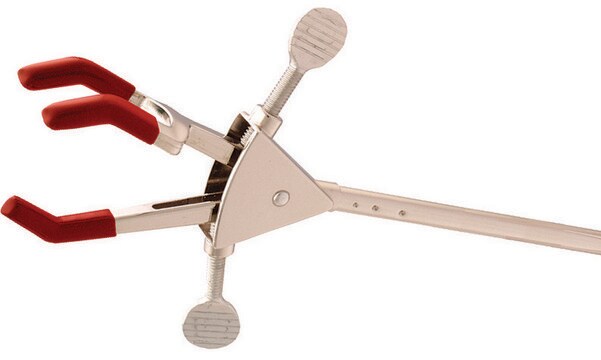推薦產品
生物源
mouse
品質等級
抗體表格
ascites fluid
抗體產品種類
primary antibodies
無性繁殖
SMI-22, monoclonal
形狀
liquid
包含
≤0.1% sodium azide as preservative
物種活性
human, bovine, mouse, guinea pig, porcine, sheep, canine, rat, chicken
製造商/商標名
Calbiochem®
儲存條件
OK to freeze
avoid repeated freeze/thaw cycles
同型
IgG2b
運輸包裝
wet ice
儲存溫度
−20°C
目標翻譯後修改
unmodified
基因資訊
human ... GFAP(2670)
一般說明
Mouse monoclonal antibody cocktail that contains a mixture of 3 antibodies supplied as undiluted ascites. Recognizes the ~50 kDa glial fibrillary acidic protein.
Recognizes ~50 kDa glial fibrillary acidic protein (GFAP) in human and bovine cytoskeletal preparations.
This Anti-Glial Fibrillary Acidic Protein Cocktail Mouse mAb is validated for use in ELISA, Frozen Sections, WB, ICC, Paraffin Sections for the detection of Glial Fibrillary Acidic Protein.
免疫原
Bovine
purified bovine GFAP protein
應用



ELISA (1:1000)
Frozen Sections (1:1000, see comments)
Immunoblotting (1:1000)
Immunocytochemistry (1:1000, see comments)
Paraffin Sections (1:1000, trypsin or heat pre-treatment required)
警告
Toxicity: Standard Handling (A)
外觀
Undiluted ascites.
重構
Upon initial thaw, aliquot and freeze (-20°C).
分析報告
Positive Control
Astrocytes or cytoskeletal preparations
Astrocytes or cytoskeletal preparations
其他說明
This cocktail is derived from the Bigner-Eng clones MAb1B4, MAb2E1, and MAb4A11 and provides a means for more comprehensive detection of astrocytomas than each clone alone. Each component is specific for GFAP and stains astrocytes and astrocytic processes as well as Bergman glia. Recognizes both anaplastic and reactive astrocytes by immunocytochemical staining. Does not recognize metastatic tumors and brain tumors of non-astrocytic origin, including medulloblastomas, meningiomas, choroid plexus papillomas, and schwannomas. For staining paraffin sections it is recommended that de-paraffinized sections be treated with 0.1% trypsin in 50 mM Tris-HCl, pH 7.6 for 20-30 min at 37°C or boiled in Tris-buffered saline, pH 9.0 for 15 min to expose the epitope. For immunocytochemistry or staining frozen sections, post-fixation in cold methanol or methanol/hydrogen peroxide for 10 min is required for access to the astrocytes in the sample. Antibody should be titrated for optimal results in individual systems.
Vick, W.W., et al. 1987. Acta. Cytol.31, 816.
McLendon R.E., et al. 1986. J. Neuropathol. Exp. Neurol.45, 692.
Pegram, C.N., et al. 1985. Neurochem. Pathol.3, 119.
McLendon R.E., et al. 1986. J. Neuropathol. Exp. Neurol.45, 692.
Pegram, C.N., et al. 1985. Neurochem. Pathol.3, 119.
法律資訊
CALBIOCHEM is a registered trademark of Merck KGaA, Darmstadt, Germany
未找到適合的產品?
試用我們的產品選擇工具.
儲存類別代碼
10 - Combustible liquids
水污染物質分類(WGK)
WGK 1
分析證明 (COA)
輸入產品批次/批號來搜索 分析證明 (COA)。在產品’s標籤上找到批次和批號,寫有 ‘Lot’或‘Batch’.。
Srinivasu Kallakuri et al.
PloS one, 13(2), e0193389-e0193389 (2018-03-01)
Blast exposure is an increasingly significant health hazard and can have a range of debilitating effects, including auditory dysfunction and traumatic brain injury. To assist in the development of effective treatments, a greater understanding of the mechanisms of blast-induced auditory
Johann M Pacheco et al.
eNeuro, 6(6) (2019-11-22)
Millions of people suffer mild traumatic brain injuries (mTBIs) every year, and there is growing evidence that repeated injuries can result in long-term pathology. The acute symptoms of these injuries may or may not include the loss of consciousness but
Yaoru Li et al.
Journal of neurochemistry, 143(1), 87-99 (2017-08-05)
Post-stroke angiogenesis facilitates neurovascular remodeling process and promotes neurological recovery. Proangiogenic effects of Salvianolic acids (Sals) have been reported in various ischemic disorders. However, the underlying mechanisms are still poorly understood. Previous studies of our laboratory have demonstrated that activating
Srinivasu Kallakuri et al.
PloS one, 12(1), e0169239-e0169239 (2017-01-21)
With the rapid increase in the number of blast induced traumatic brain injuries and associated neuropsychological consequences in veterans returning from the operations in Iraq and Afghanistan, the need to better understand the neuropathological sequelae following exposure to an open
Michael R Grovola et al.
Brain pathology (Zurich, Switzerland), 31(5), e12953-e12953 (2021-05-08)
Over 2.8 million people experience mild traumatic brain injury (TBI) in the United States each year, which may lead to long-term neurological dysfunction. The mechanical forces that are caused by TBI propagate through the brain to produce diffuse axonal injury
我們的科學家團隊在所有研究領域都有豐富的經驗,包括生命科學、材料科學、化學合成、色譜、分析等.
聯絡技術服務




